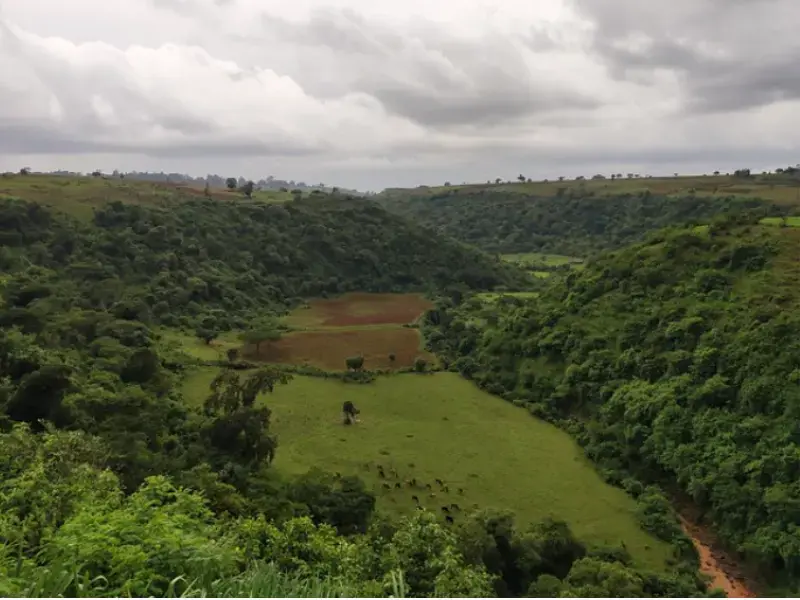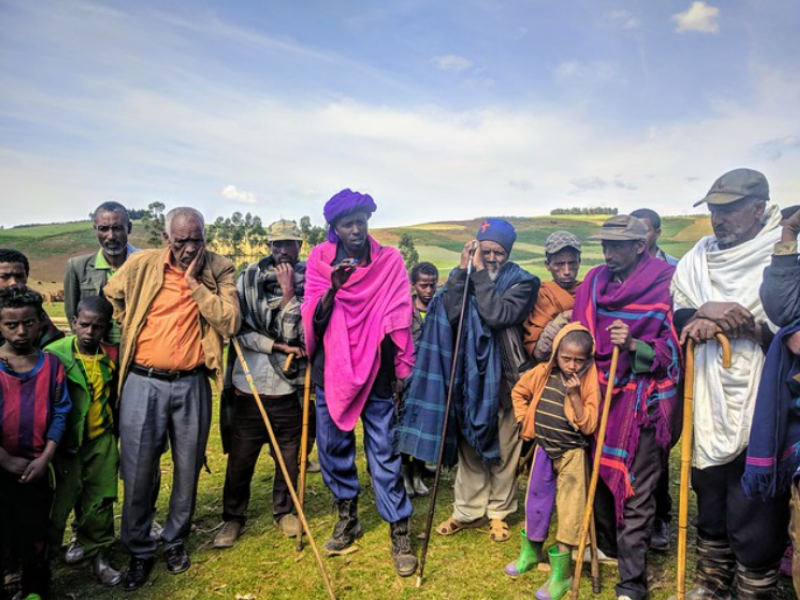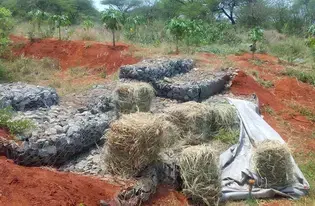With 85% of Ethiopia’s growing population engaged in traditional agriculture, the level of deforestation for the expansion of cropland, firewood or charcoal is growing, causing extensive soil erosion. As a result, soil fertility has declined to such an extent that local people now struggle to grow crops and raise livestock.
In the Machakel in the country’s Amhara region, as little as 6% of the original forest remains. Most of the forests, communal lands and farmlands are highly fragmented, pockmarked by deep gullies where heavy rains wash away what is left of healthy soil. WeForest and its partner and The Hunger Project are working to train rural communities to reverse that deforestation and embrace alternative sources of cooking fuel and income that don’t involve cutting down trees.
How are they doing it? Trees are the key. They have helped communities build three nurseries, which have the capacity to produce up to 1 million trees per year. Fruit and timber trees, beekeeping, brick production, and fodder production are all offering additional income to local communities, as well as easing pressure on the surrounding forest. Soil and water conservation activities - like building small dams to stop rainwater from rushing into gullies - are also reducing water runoff and soil erosion.
Since 2017, the project has worked with over 3,000 households to restore around 900 hectares by growing trees on farms in agroforestry systems and by assisted natural regeneration (where farmers actively help trees regrow from root systems living in the soil).
Farmers that are growing fruit trees, such as avocado and apple, and leaves for animal feed receive a more regular income than from traditional crops alone, since they can be harvested year-round. Diversifying their incomes is especially important because they can provide a “safety net” when people face setbacks like illness in the family or drought. Feedback from the families engaged in the project has unearthed a variety of positive outcomes, and some have even sent their children to university.
WeForest and The Hunger Project are also working closely with the Amhara District Agricultural office and establish village-level task forces to support community mobilization and management of the restoration sites. Every year, they provide skills training, especially for women and youth, who are the most vulnerable groups locally. Whenever possible, the team designs project activities to ensure that they benefit. In the three local nurseries, for example, 30% of the employees are women. Older community members also see a great impact. Unable to work or travel far, they can earn money from growing trees in their yards.
The team is also tracking the project’s progress across over 50 permanent monitoring plots to measure biomass growth, tree density, survival rate and species diversity. Socio-economic indicators such as the number of beneficiaries, people trained, and income generated from forest-friendly livelihood activities are gathered throughout the year.
Now, the project team is looking to scale up the project beyond its 2021 target of 1,149 hectares to over 5,000 hectares. The future looks bright and green for these communities.







